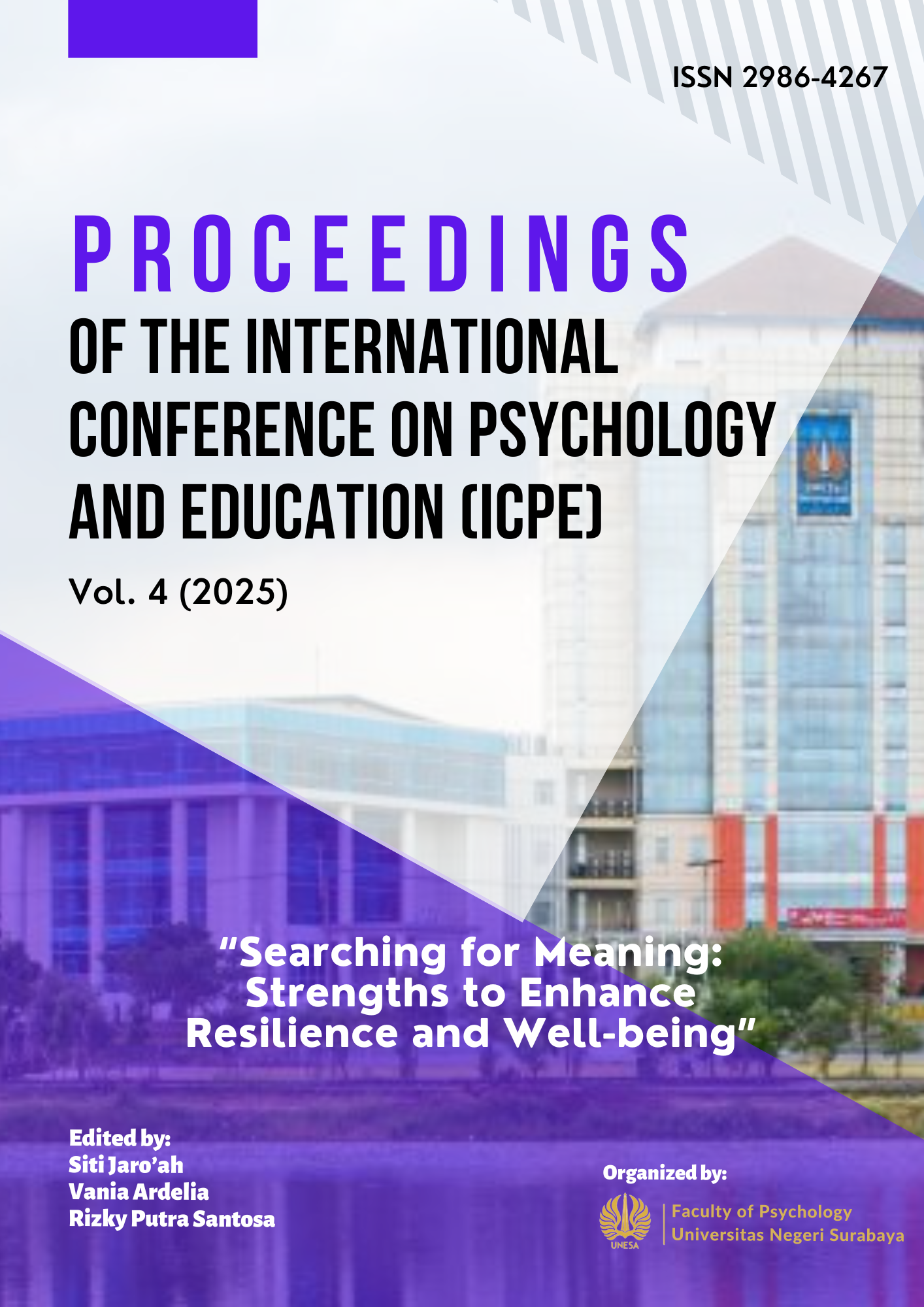Scrolling into Financial Despair: A Profile Study of Doomscrolling Among TikTok-Using University Students
Keywords:
Financial Doomscrolling, TikTok, College Students, Cognitive Psychology, Psychosocial DevelopmentAbstract
This study explores the financial doomscrolling behavior of college students using the TikTok platform. Financial doomscrolling refers to the compulsive consumption of negative financial content, which may shape students’ perceptions of economic reality and influence their mental health. Using a descriptive quantitative method and survey approach, 190 active TikTok-using students aged 17–25 participated in this study. The Financial Doomscrolling Questionnaire (FDQ) was used to classify participants into high, medium, or low doomscrolling categories. Results revealed that the majority (72.11%) of participants showed a moderate level of financial doomscrolling, while 19.47% were in the high category. Second-year students displayed the highest number of high doomscrolling behaviors. This study provides a descriptive overview of the distribution patterns of doomscrolling behavior among college students. The explanation of doomscrolling dynamics is supported by Solso’s cognitive theory and Erikson’s psychosocial development theory, offering contextual insights into how students may process and relate to financial content online. It expands the discourse of doomscrolling beyond the pandemic context by highlighting financial content as a trigger for digital distress, and emphasizes the need for digital literacy-based psychosocial interventions among youth.
Downloads
Published
How to Cite
Issue
Section
License
Copyright (c) 2025 International Conference on Psychology and Education (ICPE)

This work is licensed under a Creative Commons Attribution 4.0 International License.
Authors who publish in this journal agree to the following terms:
Copyright in any article is held by the author.
The author grants the journal, publication rights with the work simultaneously licensed under a Creative Commons Attribution License that allows others to share the work with an acknowledgment of the work's authorship and initial publication in this journal.
Authors may enter into separate, additional contractual arrangements for the non-exclusive distribution of the journal's published version of the work (e.g., posting it to an institutional repository or publishing it in a book), with an acknowledgment of its initial publication in this journal.
Authors are permitted and encouraged to post their work online (e.g., in an institutional repository or on their website) prior to and during the submission process, as this can lead to productive exchanges, as well as earlier and greater citation of published work.

